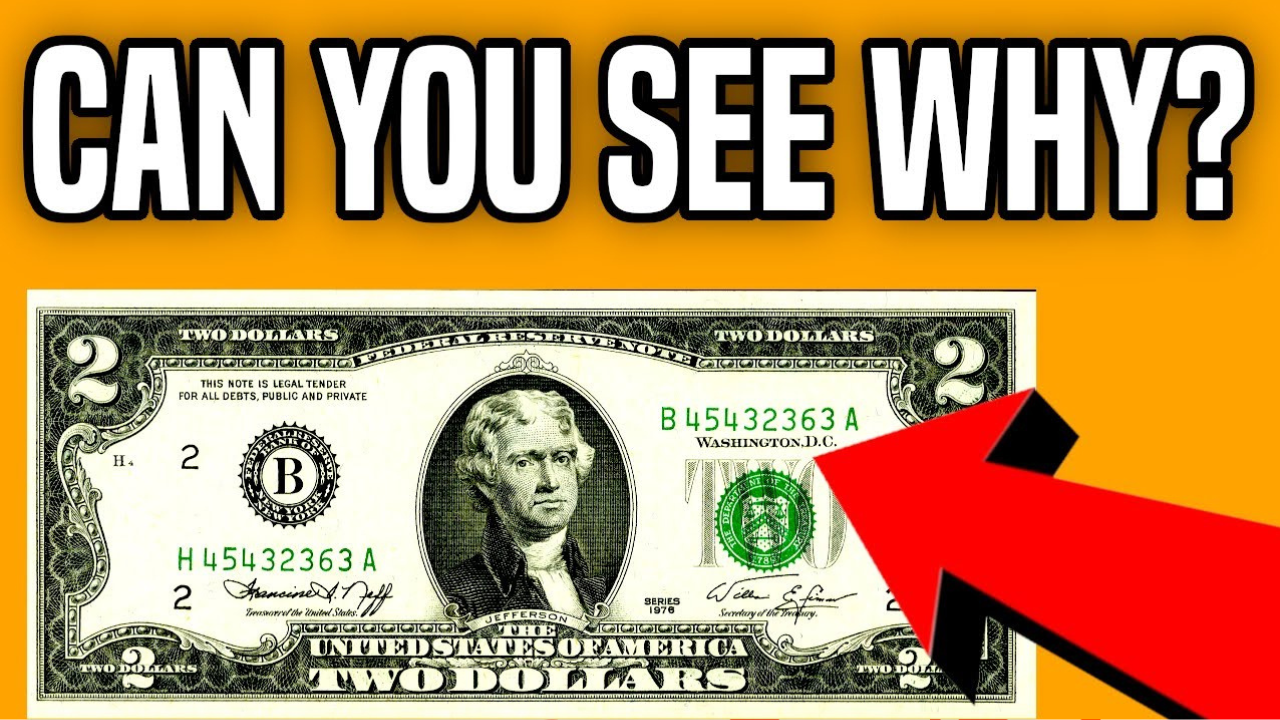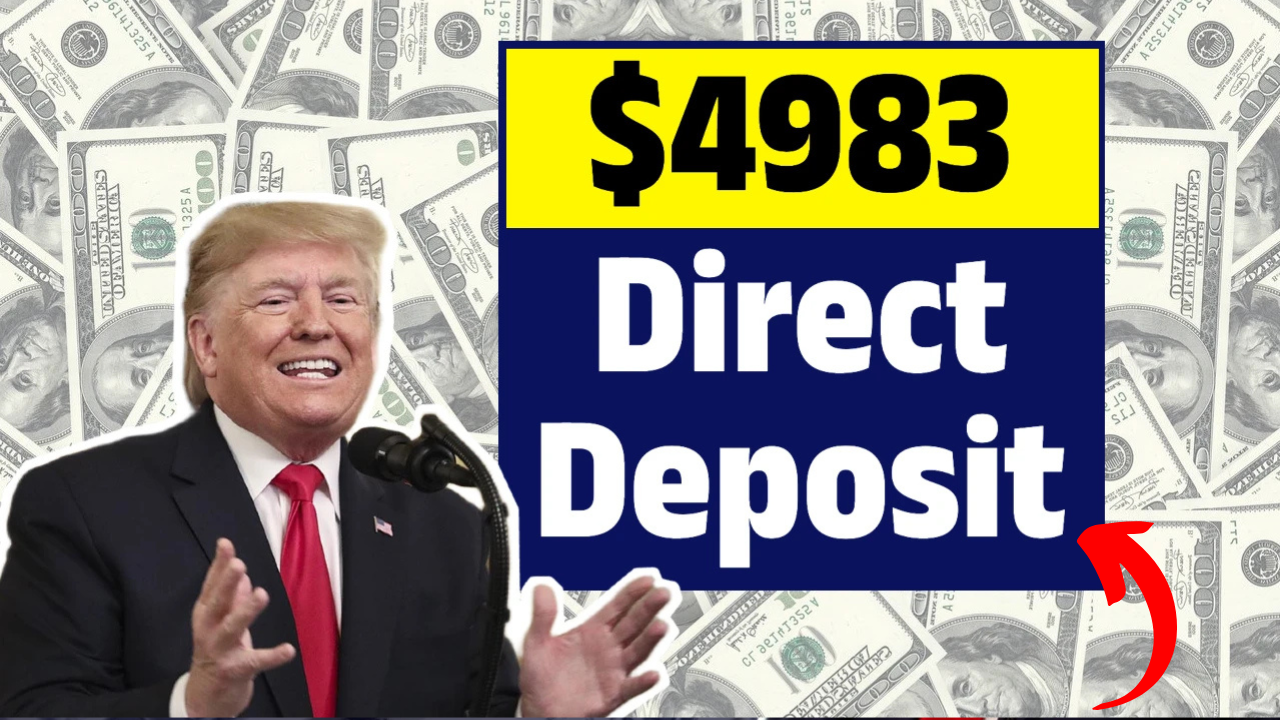$2000 Direct Deposit for US:For millions of Americans struggling to make ends meet, the promise of economic relief can feel like a lifeline. As we approach the fina l stretch of 2025, talk of $2,000 direct deposit payments for US citizens has offered a glimmer of hope. Whether you’re a retiree on a fixed income, a working parent shouldering the burden of bills, or a young adult struggling with rising rent, an extra $2,000 could provide much-needed relief.
But what exactly is happening? Is this an official program? Who is eligible, and how can you make sure you don’t miss out? Let’s understand it in simple, human terms.
Why a $2,000 payment is being considered
The economy will experience fluctuations in 2025. Although the unemployment rate remains relatively stable, inflation is impacting household budgets. The cost of groceries, healthcare, rent, and utilities has risen significantly compared to just a few years ago. For many families, wages have not kept up.
Advocacy groups and lawmakers are calling for direct relief payments, with $2,000 being the most discussed. This would be enough to cover one month’s rent or mortgage, pay utility bills, or help families overcome debt. Although not officially called a “stimulus check,” its structure would be very similar to previous relief programs.
Who is eligible?
Eligibility is one of the biggest questions on everyone’s mind. Based on previous stimulus programs, the possible criteria for receiving a $2,000 direct deposit are as follows:
Income Limits
- Single taxpayers: Eligible up to $75,000 annual income.
- Married couples filing taxes jointly: Eligible up to $150,000 combined annual income.
- Payments may phase out for income above these limits.
2. Citizenship and Residency
- Must be a U.S. citizen or resident alien.
- A valid Social Security number will be required.
3.Tax Filing Status
- Eligibility is generally determined based on the most recent IRS tax filings (2023 or 2024 returns).
- Filing taxes on time ensures that your income and dependent information is up-to-date.
4.Dependents
- Families may receive additional funds for dependents, although the exact amount has not yet been confirmed.
How payments will be distributed
If approved, the IRS will likely manage distribution, as it did for previous stimulus checks. You may receive this amount as follows:
- Direct deposit: The fastest method, sent directly to a bank account on file with the IRS.
- Paper check: Mailed to the address listed in IRS records for those who don’t choose direct deposit.
- Prepaid debit card: An alternative option for recipients who don’t have bank accounts.
Most payments are expected to arrive simultaneously, meaning not everyone will receive their $2,000 at the same time.
Timeframe and Payment Details
If implemented, the period between October and November 2025 has been widely cited as a potential distribution period. Payments will be made over several weeks:
- First week: Direct deposits into accounts for those with bank details on file.
- Second and third weeks: Paper checks will be mailed to eligible households.
- Fourth week: Debit cards for unbanked recipients.
Key details:
- Amount: $2,000 per eligible person.
- Method: Direct deposit, paper check, or debit card.
- Taxable? No. Like previous relief checks, these payments will likely not be considered taxable income.
Why Preparation Is Important
Although the schedule hasn’t been finalized yet, there are steps you can take now to avoid delays later:
- File your taxes: Make sure your 2023 and 2024 returns are complete.
- Update your IRS records: Make sure your mailing address and banking information are up-to-date.
- Stay informed: Rely on official IRS announcements rather than rumors on social media.
Being proactive can make the difference between getting your payment on time or waiting weeks.
What does $2,000 mean for families?
For many people, $2,000 could mean:
- Paying one month’s rent or mortgage.
- Paying overdue utility bills.
- Stocking up on groceries and essentials.
- Reducing debt or saving for emergencies.
It won’t solve every financial problem, but it can be meaningful.
Frequently Asked Questions on $2,000 Direct Deposit
Q 1: Has this $2,000 direct deposit been officially confirmed?
Not yet. It’s under discussion and no final legislation has been passed yet.
Q 2: Do I need to apply?
No application is usually required. The IRS will automatically distribute the payment based on your tax records.
Q 3: What if I didn’t file taxes?
Non-filers may need to submit a simplified return or use the IRS portal to register for the payment.
Q 4: Will dependents be eligible for additional funds?
Possibly. Previous programs included additional funds for dependents, but details are still under discussion.
Q 5: What if my income changes in 2024-2025?
Eligibility is based on your most recent tax return. If your income has decreased, filing early may help you qualify.
Q 6: How can I check the status of my payment?
If approved, the IRS will reactivate its “Get My Payment” tool to track deposits and checks.
Final Thoughts
The potential $2,000 direct deposit for Americans has become a symbol of hope in a time of rising costs and financial uncertainty. Although this program hasn’t yet been finalized, preparing now—by updating your IRS information and staying informed—ensures you don’t miss out if it does become a reality.
For families across the country, this payment could provide more than just money. It could offer peace of mind, stability, and the assurance that help is still coming.
Would you like me to add a comparison table (single filers, joint filers, with dependents) to further clarify the payment details for your readers?






